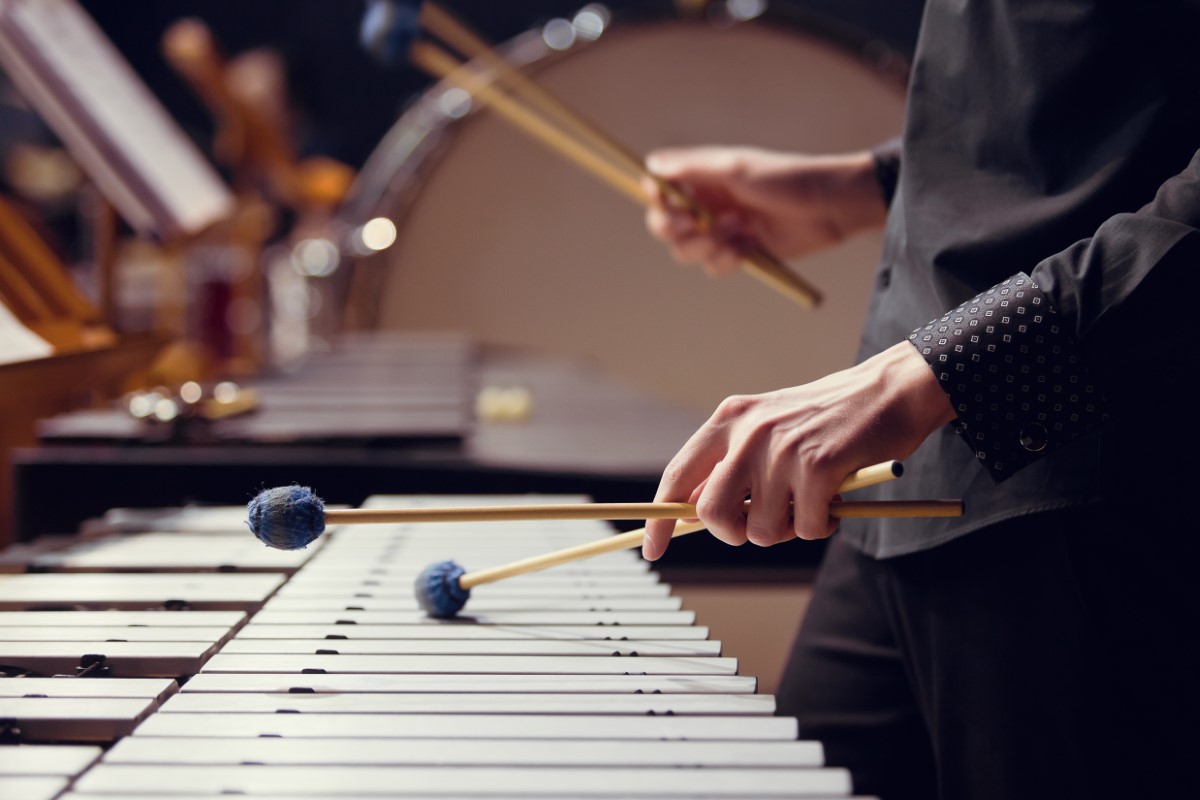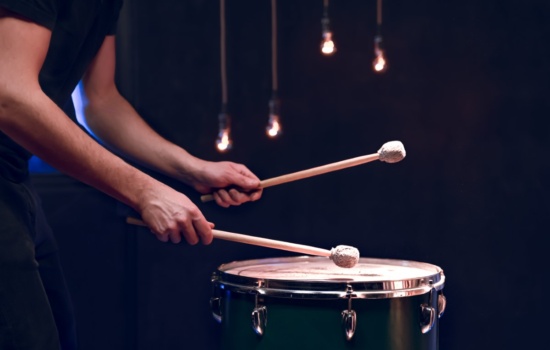Once you’ve chosen your instrument, figure out a regular practice routine. Consistency is key to learning any instrument, so set aside dedicated time each day or week to practice.
But instead of making practice a chore, make it fun. The best way to make it fun is to learn and play along with your favorite songs.
Even Victor Wooten, Grammy award-winning bassist, says he didn’t like practicing. He says we need to think of practice as if it’s play.
“I don’t know any kids who like to practice, and I was one,” he says. “…[Kids] want to play, not practice playing. No kid wants to practice video games, they want to play. Music was that way for me, so I’ve never enjoyed practice.”
He goes on to say that someone who’s learning music, regardless of age, needs to learn music “through freedom, not through a regimen of practice.”
For the non-percussion instruments on this list, Ultimate Guitar is a great resource – it shows you the chords to pretty much any song you want and how to play those chords on guitar, ukulele, and piano. You can also check out ChordFind to learn how to play chords on piano, guitar, banjo, and ukulele.






